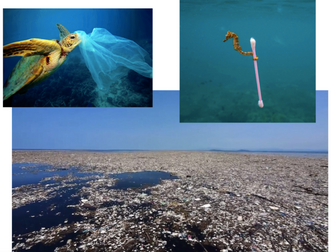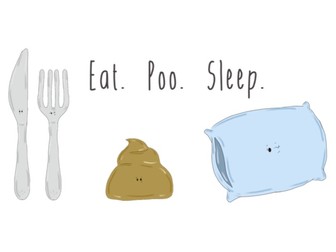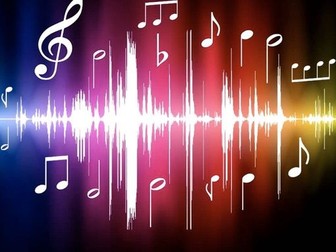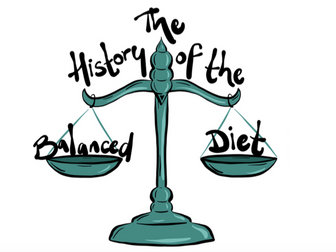
Plastic = Not Fantastic! Full set of activities...
With more and more of us reassessing our ‘plastic consumption’ and with young people setting up environmental clubs and beach clean projects around the world, we thought it was time to release our ‘pick ‘n’ mix’ Plastic=Not Fantastic! resources and ideas into the wild! (NOTE: If the PowerPoint presentation doesn’t download automatically, drop us a line: aloha [AT] saipathmanathan.com or download from here: https://www.dropbox.com/s/6va19na8s14ku8v/Plastic is Not Fantastic_Presentation.pptx?dl=0).
These materials, resources and activity ideas are a result of Sai’s (www.saipathmanathan.com) post-Fellowship funding from the Winston Churchill Memorial Trust (http://www.wcmt.org.uk). Several events and workshops were run (school assemblies, science weeks, afterschool family sessions, in-school workshops, community events: Fun Palaces, The Big Draw, Biology Week) around the topics of plastic pollution, reusing and recycling, eco-materials and alternatives.
Many thanks to the Galapagos Conservation Trust (https://galapagosconservation.org.uk) and the Winston Churchill Memorial Trust for supporting this project.
(P.S. Why not use the opportunity of Christmas/seasonal festivities and our plastic packaging addiction during this season to teach young people about repurposing and recycling natural decorations… making them glitter and tinsel-free!)



